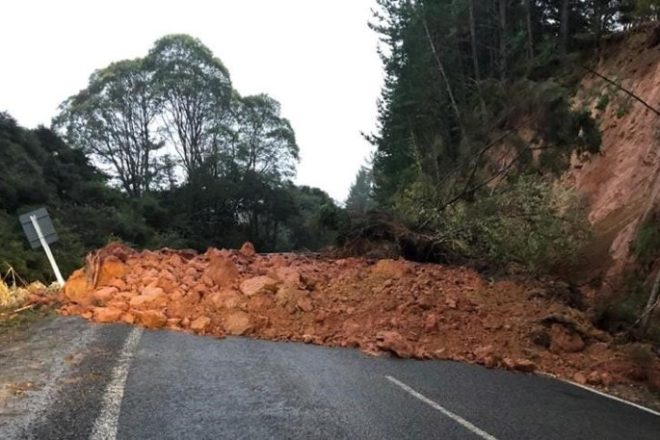Taupō District Council has decided to halt a number of key projects programmed for this financial year as it moves to reduce the effect of COVID-19 on its hard-hit community.
The no-go projects are the Kiddle Drive-Arrowsmith Avenue roundabout, investigation work into the northern access to the Taupō Town Centre, sealing of the former RSA site on Horomatangi Street and an upgrade of the Tuwharetoa and Ruapehu Street intersection.
However, they will forge ahead with building a footpath and kerb and channel on Mapara Road from the end of the existing footpath to Acacia Bay Heights and planning for a destination-type playground on Tongariro Domain.
Mayor David Trewavas said he and the councillors aimed to strike a balance between keeping local people employed, and the economy ticking over, while trying to reduce the effect on ratepayers.
“For example, the Mapara Road Footpath project has already been let to local firm TR Construction, and that will keep local people employed,” said Mr Trewavas. “Likewise, the playground is a significant piece of work that will not only benefit our local community but also act as a draw card to entice people back into town as we find our new normal. Those people are likely to linger longer in the area and spend money in the town centre at the places that will be needing our support the most.” Investigations into developing a playground in Turangi was also continuing.
Mr Trewavas said the effect on the Taupō District from COVID-19 was likely to be long lasting and far-reaching and the council had many streams of work in place looking at ways the district could recover quickly once normal business resumed.
“There is no denying we are going to be one of the most affected areas in the country and we need to be prepared to move as fast as we can to boost our economy and keep people employed.”
The council had already committed to a zero percent general rates increase for the next financial year which meant other projects, including the building of a new civic administration building were being deferred. The council would be considering next year’s projects line-by-line as part of its next annual plan.
In an effort to stimulate the economy, the council had applied for more than $316 million worth of project funding from the Government for key projects, was offering a fee waiver for its commercial and community tenants, and had kept all fees and charges the same for next year unless legislation required a change.
“We know there are people hurting from this and it is up to us to take the lead in developing what our new normal will be,” said Mr Trewavas. “We are working through things line-by-line to reduce costs where we can, and we look forward to sharing some of that work with the community in the coming weeks,” he said.
“In the meantime, my message to everyone is to stay strong, support each other and shop local. We need each other now like never before.”


















































-360x245.jpg)






